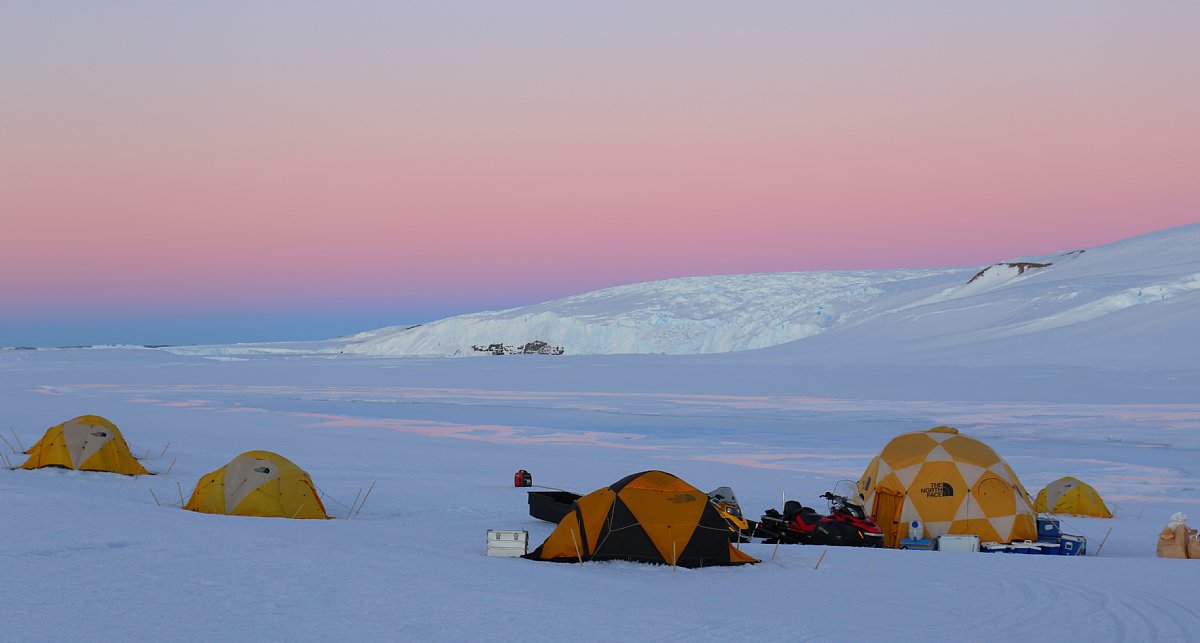
The Antarctic ice sheet is the largest ice mass on the earth, which is
equivalent to 58 m sea level rise. Resent satellite observations
indicate mass loss of the ice sheet as a consequence of thinning and
retreat of fast flowing outlet glaciers. Increasing amount of iceshelf
basal melting and acceleration of the glaciers are the drivers of the
mass loss, but mechanisms of such changes are poorly
understood. Therefore, it is necessary to study processes occurring
under the iceshelf as well as grounded glaciers, which requires
in-situ measurements using boreholes.
To investigate glacier dynamics and its interaction with the ocean, we
carried out field observation on Langhovde Glacier from December 2021
to February 2022. Langhovde Glacier is an outlet glacier in East
Antarctica, situated at ~20 km south of the Japanese research base Syowa
Station. This was our third hot-water drilling campaign on Langhovde,
following activities in 2011/2012 and 2017/2018 seasons. Five
boreholes were drilled at three locations to install basal and
englacial devices. Also performed are GPS and ice radar surveys,
seismic and climatic measurement, time-lapse photographing, and water
sampling.
The 2021/2022 campaign was performed as a part of the 63th Japanese
Antarctic Research Expedition (JARE 63) with financial support by the
Research of Ocean-ice BOundary InTeraction and Change around
Antarctica (ROBOTICA) project under the JARE framework and by JSPS
Grant-in-Aid for Scientific Research on Innovative Areas (JP17H06316).
Antarctica) project.